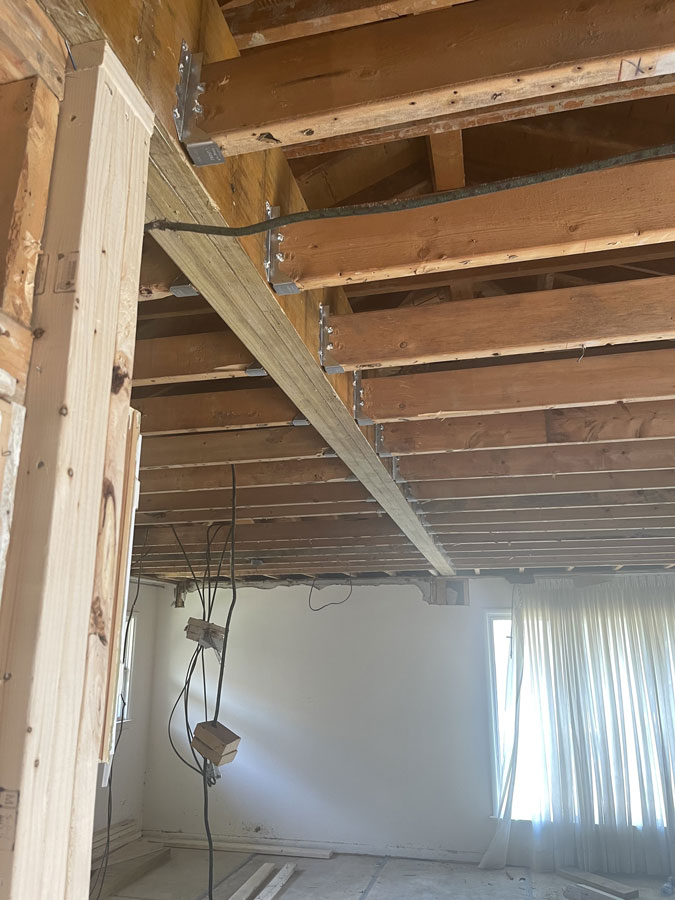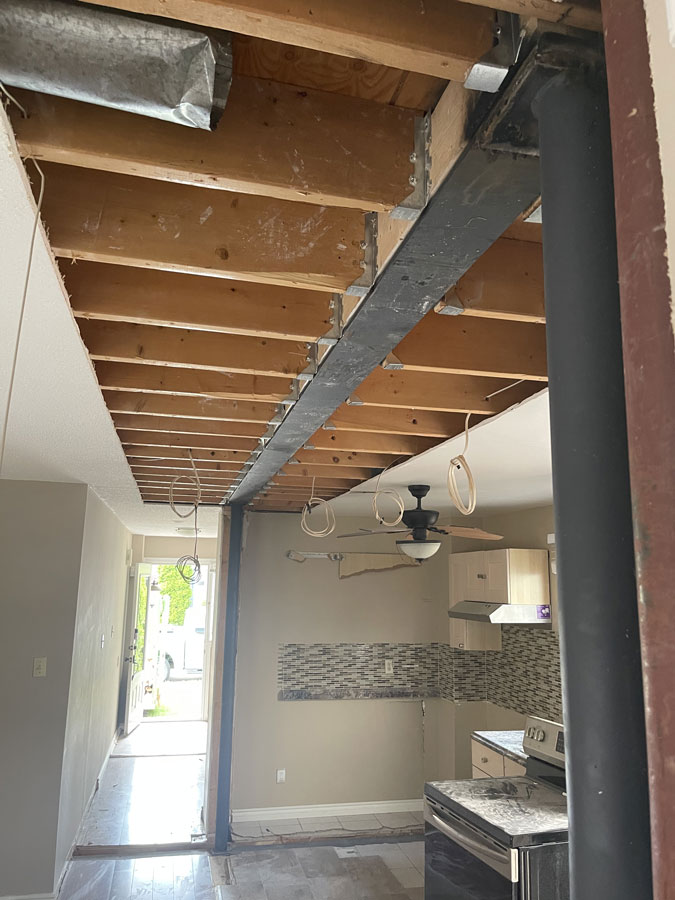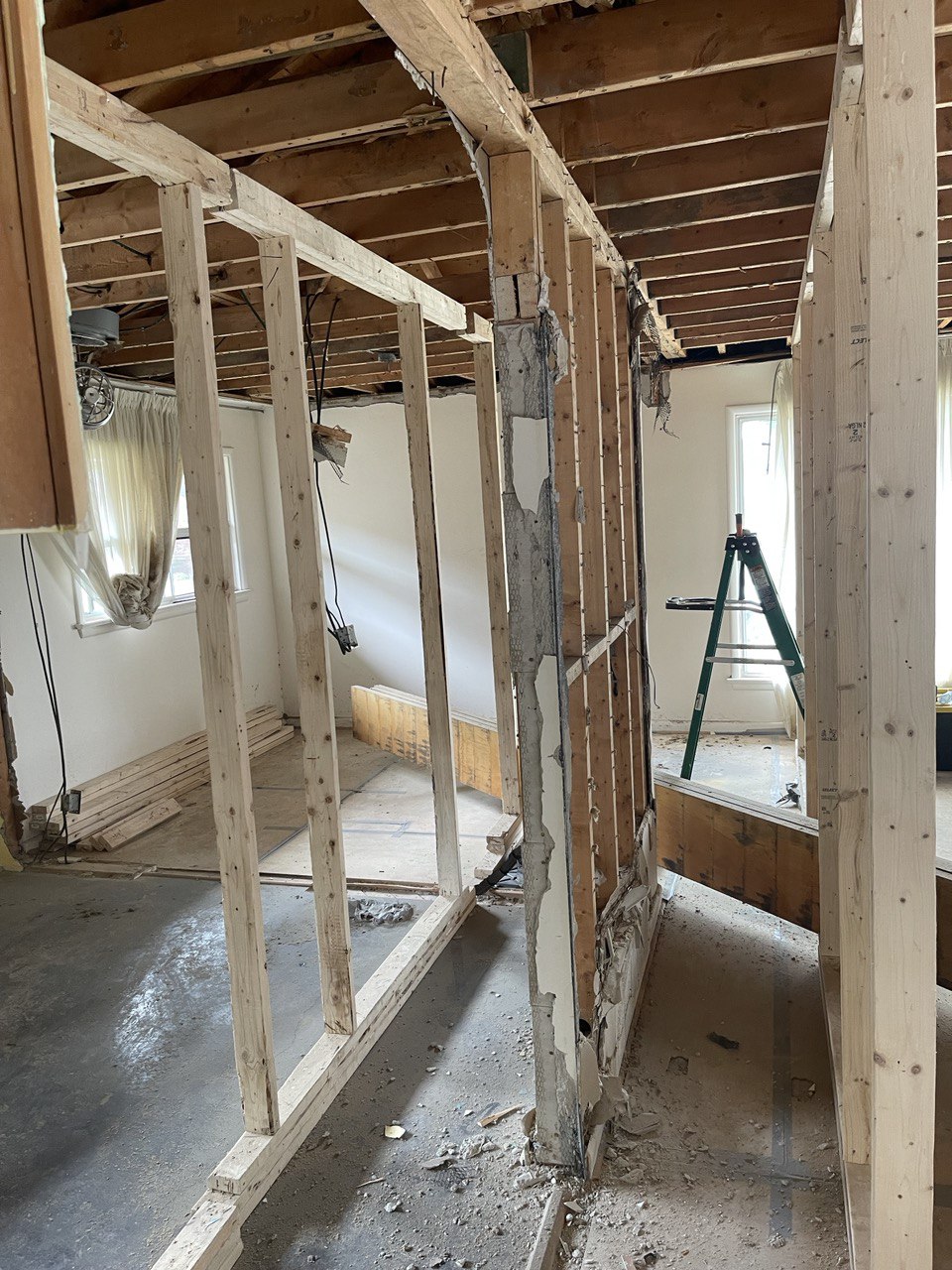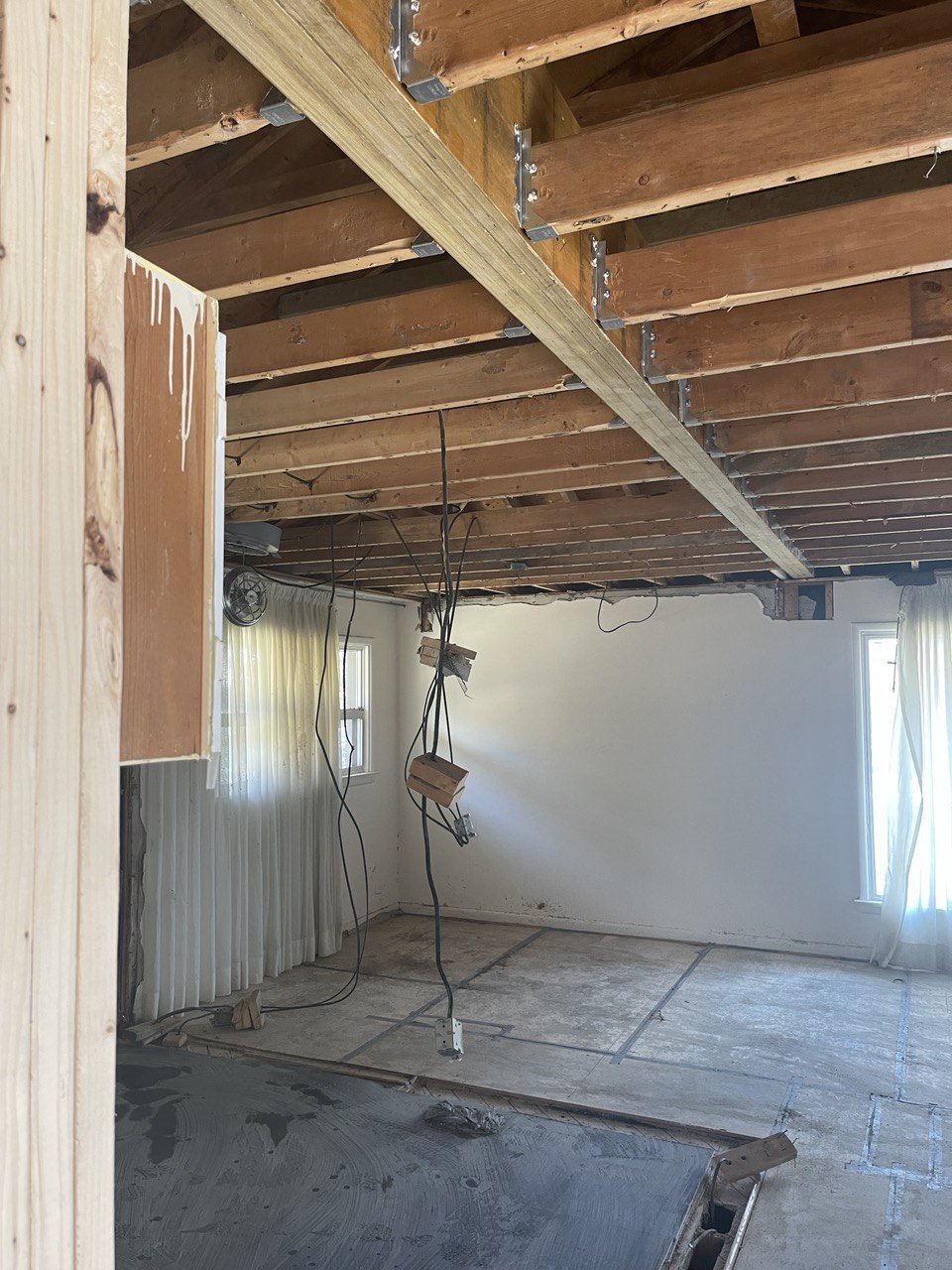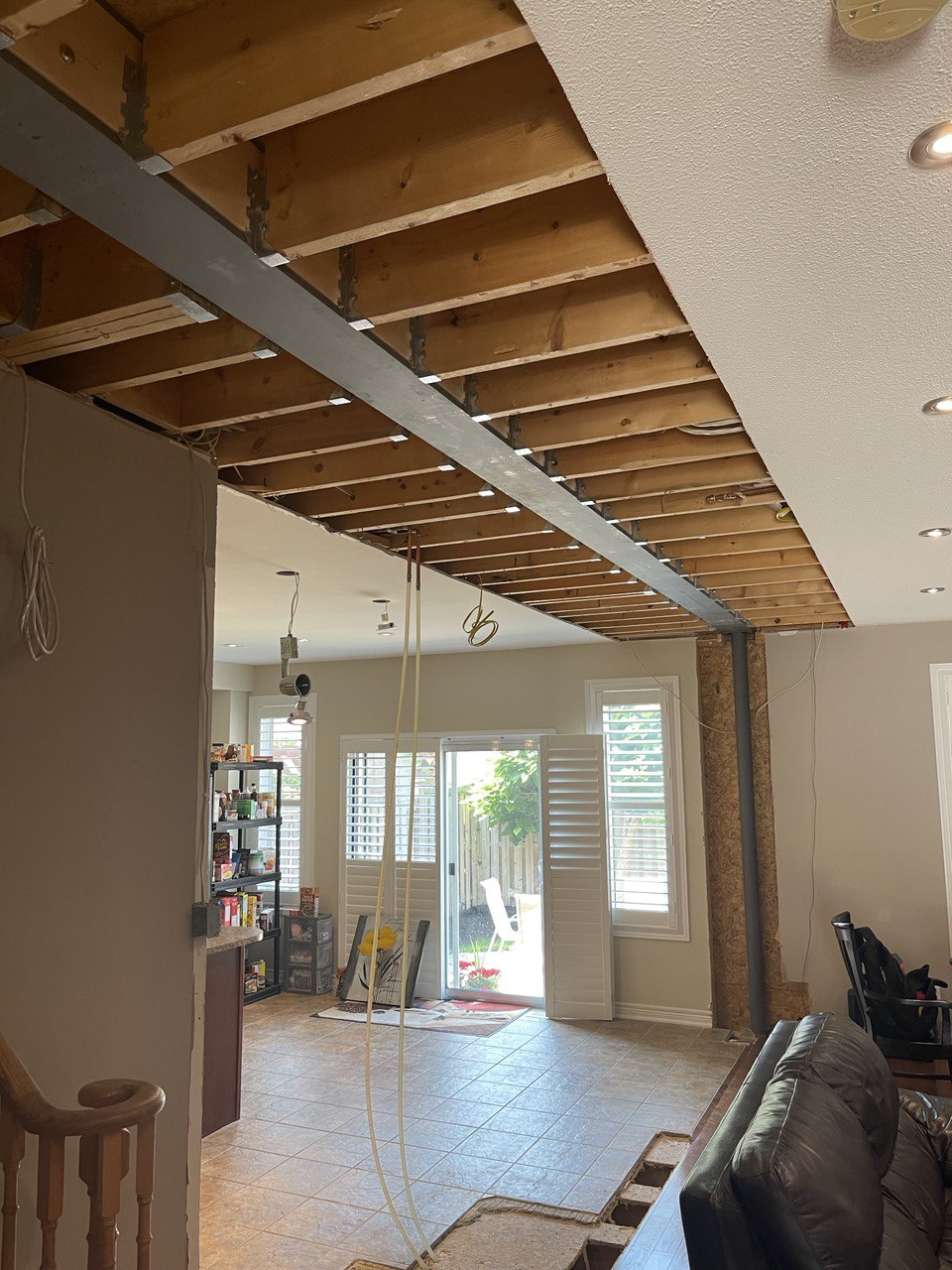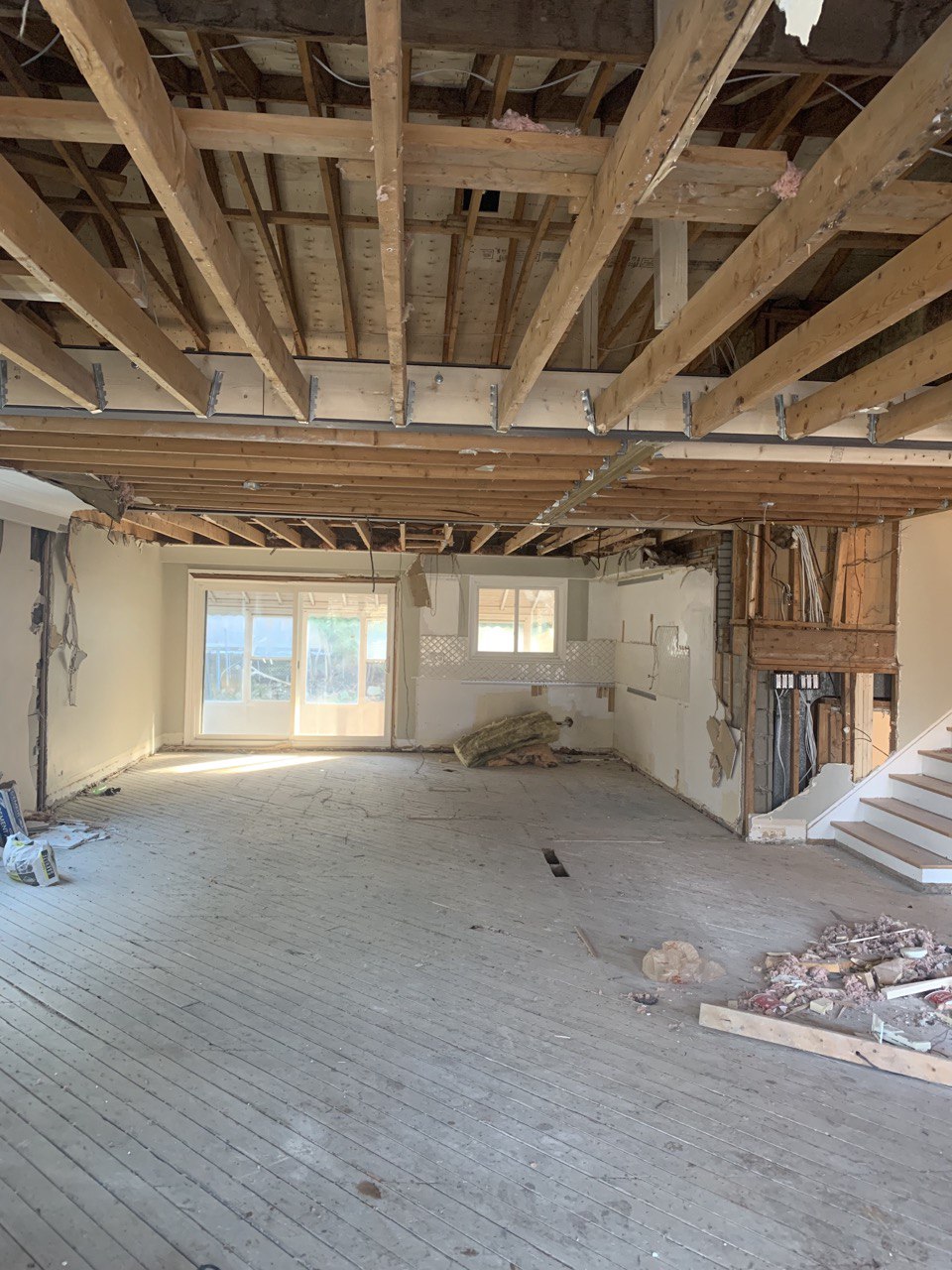Introduction
In the world of construction, beams play a pivotal role in ensuring the stability and support of buildings. These structural elements, commonly crafted from wood or steel, are essential for maintaining the integrity of walls, roofs, and floors. The process of installing beams demands meticulous planning, expert execution, and strict adherence to safety protocols to ensure the structural soundness of the building.
Types of Beams
Wood Beams: Traditional and widely used in residential construction, wood beams are often crafted from lumber like 2x10s or 2x12s. They can be engineered for enhanced strength, suiting various building needs.
Steel Beams: Known for their exceptional strength and durability, steel beams are a go-to choice for larger structures, including commercial buildings and bridges, where high load-bearing capacity is crucial.
Planning and Preparation
Securing Permits: It’s crucial to obtain the necessary permits from local authorities before starting any beam installation project.
Consulting Experts: Engaging a structural engineer is vital to determine the right beam size and type based on the building’s load requirements.
Temporary Support
Installation of Temporary Supports: Prior to removing any structural elements, it’s essential to install temporary supports to prevent any structural collapse.
Positioning the Beam: Place the beam precisely in its intended location, ensuring it’s level and properly aligned.
Securing the Beam: Use suitable fasteners like bolts or nails to firmly attach the beam to the supporting structures.
Specialized Beam Installations
LVL Beams: Laminated Veneer Lumber (LVL) beams, an engineered wood product, are stronger than traditional lumber and are ideal for creating open-concept spaces in residential buildings.
Steel Beams: These beams require specialized equipment and expertise, especially in large structures like commercial buildings and bridges.
Open Concept Homes
Open concept homes, popular for their spacious and inviting ambiance, feature minimal walls between living areas such as the kitchen, living room, and dining area.
The Role of Structural Engineering
Structural engineering, a specialized field of civil engineering, focuses on designing and analyzing structures to ensure they can withstand various loads.
City Permit and Drawing Requirements
Most beam installation projects require a city permit, accompanied by a detailed drawing that outlines the beam’s location and dimensions.
Conclusion
Installing beams is a critical component in construction, pivotal for the structural integrity of buildings. Adhering to a thorough planning process, following safety standards, and consulting professionals are key to successful beam installation. This ensures not only the stability of the structure but also the safety and well-being of its occupants.

